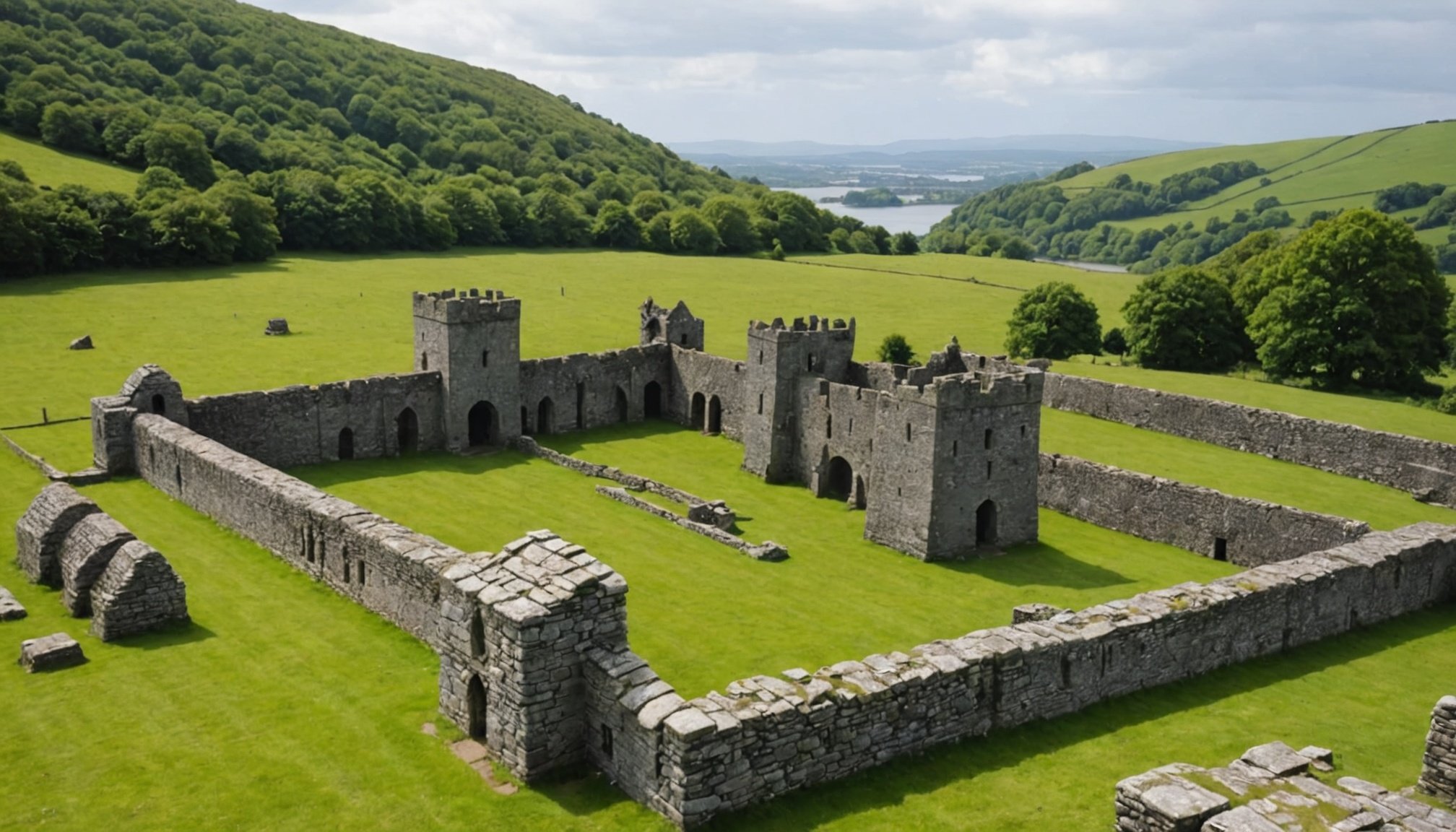Wales is a land steeped in rich history and vibrant culture, offering numerous historical sites that tell the story of its past. From ancient castles to serene monasteries, each location provides a glimpse into the lives of those who came before us. For anyone looking to explore the heritage of this remarkable country, understanding where to go is crucial. In this article, we will delve into the most interesting historical sites in Wales, inviting you to discover the stories, architecture, and significance of each location. Prepare for a journey through time as we uncover the heritage of Wales.
Exploring the Majestic Castles of Wales
Wales is home to some of the most stunning and well-preserved castles in the world. These fortifications not only represent military might but also reflect the architectural styles and sociopolitical dynamics of their respective eras. When you visit Wales, exploring its castles is an essential part of understanding its history.
In the same genre : What are the most family-friendly attractions in Brighton for a day trip by the sea?
One of the most prominent is Caernarfon Castle, a UNESCO World Heritage site that stands as a symbol of Welsh pride and power. Built in the late 13th century by Edward I, this castle served as a royal residence and a fortress. The impressive walls and towers of Caernarfon not only showcase medieval military architecture but also offer breathtaking views of the surrounding landscape. Visitors can wander through its numerous rooms, learning about the castle’s role in the history of Wales and its significance in the struggle for Welsh independence.
Another remarkable site is Conwy Castle, also constructed by Edward I. Its dramatic location overlooking the estuary and the well-preserved ramparts make it a favorite among tourists. The castle’s towers and walls provide a vivid picture of medieval life, and the nearby town of Conwy, with its cobbled streets and historic buildings, enhances the experience. As you walk along the castle walls, imagine the battles and daily life that took place within these stone confines.
Additional reading : What are the advantages of taking a guided tour of Oxford compared to exploring on your own?
Don’t miss Cardiff Castle, right in the heart of the capital. This castle has a history that spans over 2,000 years, showcasing Roman, Norman, and Gothic architecture. The ornate interiors of the castle, particularly the Bute and Arabian rooms, illustrate the evolution of design and the wealth of its former inhabitants. Cardiff Castle also provides insight into the social history of Wales, reflecting both its medieval past and its modern identity.
Uncovering the Ancient Sites of Wales
Beyond castles, Wales is dotted with ancient sites that hark back to prehistoric times, revealing the early civilizations that once thrived here. These locations help you connect with the very foundations of Welsh heritage, offering a unique perspective on the lives of our ancestors.
The Stone Circles of Gower are a fascinating place to start. These ancient structures, believed to date back to the Neolithic period, are shrouded in mystery. Walking among these stones, you can sense the spirituality and significance they held for early Welsh communities. They serve as a reminder of the rituals and beliefs that shaped the lives of the people who built them.
Equally intriguing is the Bryn Celli Ddu, a passage grave located on Anglesey. This ancient burial site, with its intricate stonework and alignment with the sun, offers a glimpse into the funerary practices and cosmology of the time. Visiting Bryn Celli Ddu, you can immerse yourself in the ancient rituals that connected the living to the dead, and it allows for reflection on our own beliefs about life and death.
The Roman ruins at Caerleon are another must-visit. This site was once a thriving Roman fortress, and remnants of the amphitheater, barracks, and baths tell the story of life during the Roman occupation. The National Roman Legion Museum located here showcases artifacts that further illustrate the complexity of Roman life in Wales. It’s an educational experience that provides context to the broader narrative of British history.
Delving into Wales’ Religious Heritage
Wales’ religious heritage is as rich and diverse as its history. From ancient pagan sites to medieval churches, the spiritual journey through Wales offers profound insights into the beliefs that have shaped the culture.
Tintern Abbey, nestled in the Wye Valley, is a prime example of religious architecture’s impact on Welsh landscape. Founded in the 12th century, this Cistercian abbey is renowned for its stunning Gothic ruins set against the backdrop of stunning natural beauty. As you explore the remains, the stories of monastic life and the influence of the church on the community come to life. The haunting beauty of the abbey, especially during sunrise or sunset, is a testament to its enduring spirit.
Another significant site is the Llandaff Cathedral in Cardiff. This medieval cathedral showcases a blend of Norman and Gothic architecture, making it a vital piece of Welsh religious history. The beautiful stained glass windows and intricate stone carvings invite visitors to delve deeper into the ecclesiastical history of the region. The cathedral is also an active place of worship, offering a glimpse into contemporary religious practices.
Don’t overlook the St. David’s Cathedral in Pembrokeshire, dedicated to the patron saint of Wales. This cathedral is not only an architectural marvel but also a pilgrimage site, reflecting the deep spirituality of the Welsh people. As you stand in the serene surroundings, you can appreciate its significance in both historical and modern contexts.
The Industrial Heritage of Wales
Wales’ industrial heritage played a pivotal role in shaping modern society. The transformation from a predominantly agrarian economy to one focused on industries like coal mining and slate quarrying is evident in various sites across the region. Understanding this evolution is essential to appreciate Wales’ role in the broader story of industrialization.
The Big Pit National Coal Museum in Blaenafon provides an immersive experience into the coal mining industry that once thrived in Wales. You can take an underground tour where former miners share their experiences, offering an authentic glimpse into the harsh realities of working conditions. The museum houses numerous exhibits illustrating the importance of coal to the Welsh economy and its impact on communities. This site serves as a powerful reminder of the labor that built much of modern Wales.
Equally significant is the Slate Museum in Llanberis, located in the heart of Snowdonia. This site focuses on the slate industry, which was once a vital part of Wales’ economy. The museum showcases the tools, techniques, and lives of those who worked in the slate quarries. Walking through the restored workshops, you can appreciate the craftsmanship involved in slate production, and the impact it had on the local communities.
Visiting these industrial heritage sites not only educates you about the past but also fosters a greater appreciation for the struggles and triumphs of the workers who helped shape Wales into what it is today.
In conclusion, Wales is a treasure trove of historical sites that offer invaluable insights into its rich past. From majestic castles to mysterious ancient sites, religious landmarks, and the echoes of industrial heritage, each location provides a unique narrative that contributes to the understanding of Welsh identity. By exploring these sites, you not only embrace the history of Wales but also connect with the stories of those who forged the path for future generations. So, as you plan your visit, immerse yourselves in the history that awaits you and let the legacy of Wales inspire your journey.









